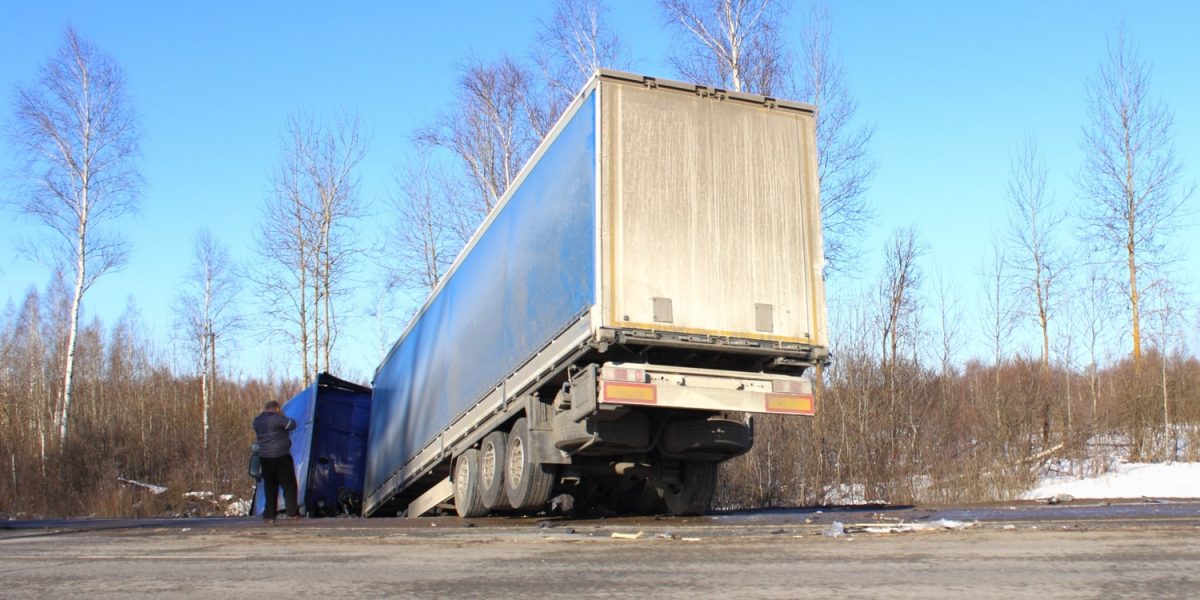Before you hit the road each morning as a truck driver, you’ll need to perform a pre-trip inspection. This inspection is also part of the commercial driver’s license (CDL) skills test and knowing how to do one correctly is an essential skill for truckers.
Here are some of the reasons pre-trip inspections are so important:
1. FMCSA Requirements
The Federal Motor Carrier Safety Administration (FMCSA) regulates the trucking industry and sets requirements truckers must follow. One of these is that drivers must perform a pre-trip inspection each day they are on the road to ensure their vehicles are in safe operating condition.
2. Safety
The most important reason to perform a pre-trip inspection every day is that it helps keep you and others on the road safe. Semi-truck accidents are typically more severe than accidents between passenger vehicles and it is your responsibility as a driver to focus on safety at all times. Pre-trip inspections help you catch any issues and fix them before they cause an accident.
As an example, consider your semi-truck’s tires. Tire issues are not uncommon and at highway speeds and a blowout can lead to an accident. When you examine your tires, you’ll check if they are worn down or if the air pressure is low. These things may seem simple, but addressing them early reduces the risk of them causing an accident.
3. Avoid Downtime
It may seem counterintuitive that getting maintenance for a truck issue reduces your downtime, since your truck may need to be off the road temporarily while the issue is addressed. However, getting maintenance when you first notice an issue does save you time in the long run.
Consider the tire example again. Replacing a worn-down tire will take some of your time, but getting your truck towed after a blowout on the highway will cost a lot more time and money, not to mention the risk of you or someone else getting hurt.
4. Minimize Liability
After an accident, you could be found liable for any damages depending on the circumstances surrounding the incident. If you can’t demonstrate that you’ve been performing thorough pre-trip inspections as required by the FMCSA, this could be used against you. In addition to inspecting your truck, you also need to make sure to properly document that you did so. You should also document any repairs.
Learning How to Perform a Pre-Trip Inspection
In order to earn your CDL, you will need to demonstrate your ability to perform a pre-trip inspection. Since there are so many parts you’ll need to name and inspect, this is often one of the parts of the CDL test that students stress over the most. Performing mock inspections and making flashcards can help you learn how to perform an inspection. Additionally, choosing a high-quality CDL training program gives you access to helpful resources while you learn this and other trucking skills.
Truck Driving School in Albuquerque
At Phoenix Truck Driving School, we can help you get on the road and earning in as little as four weeks. Our program covers essential information related to trucking safety and operation, including how to perform pre-trip inspections.






